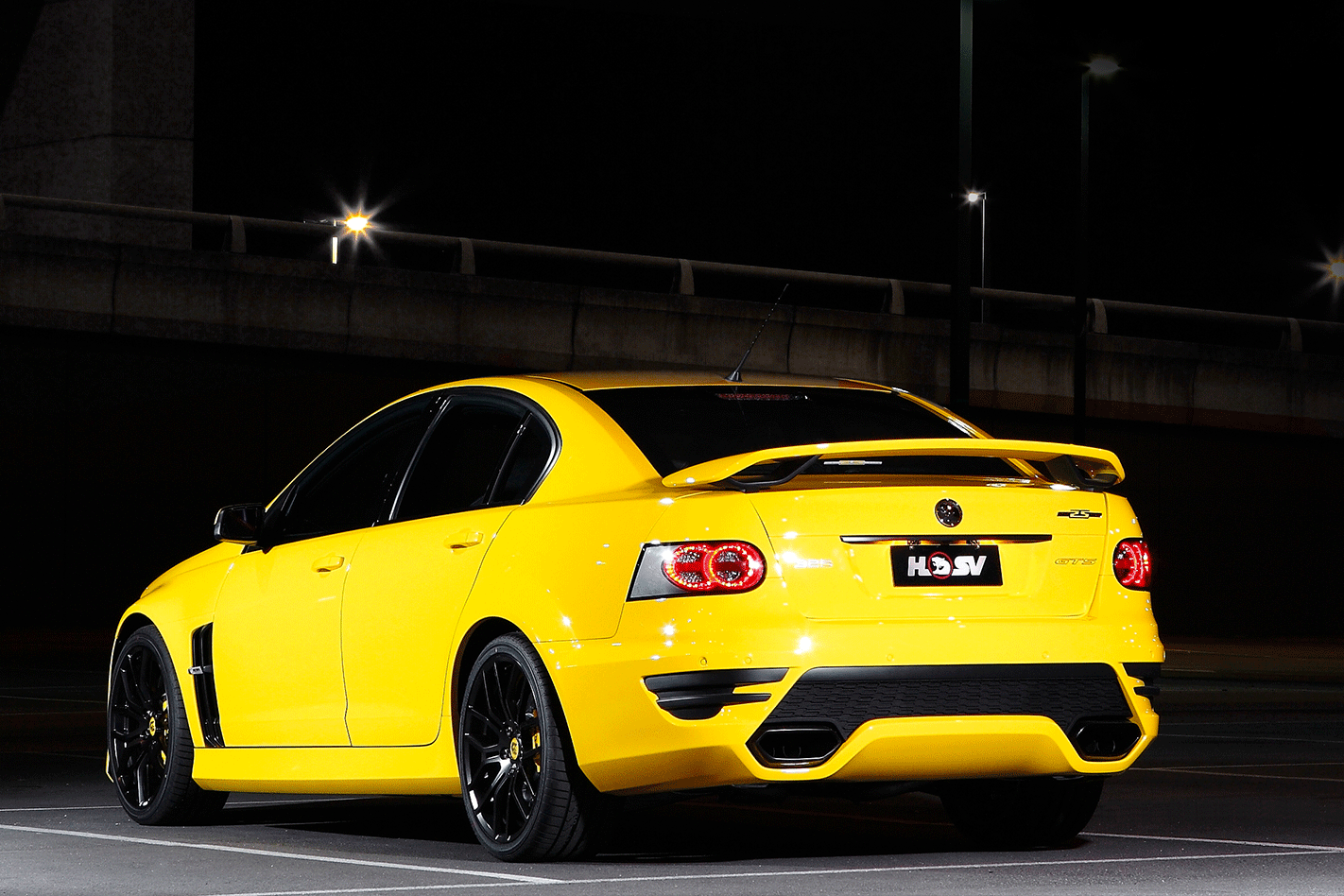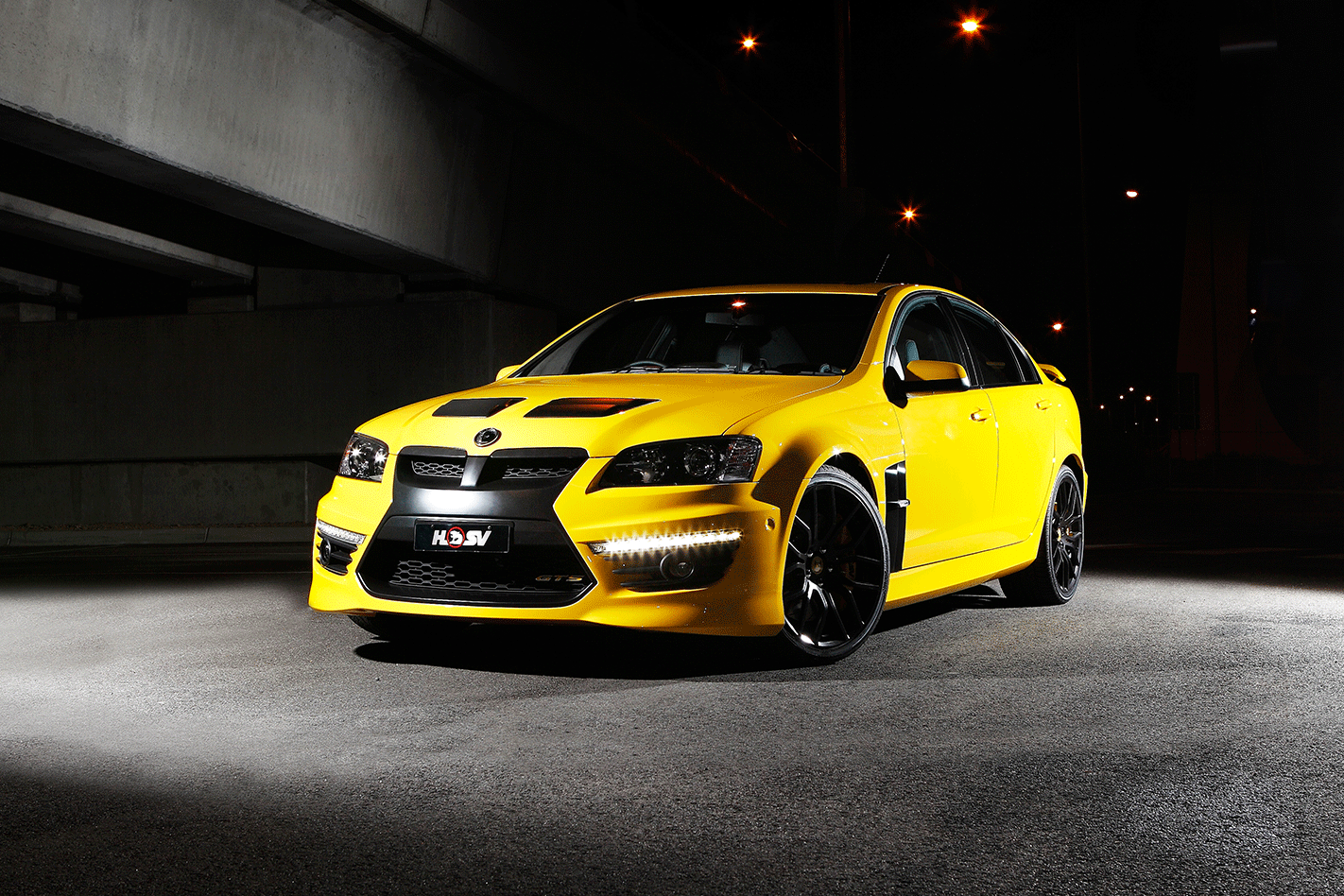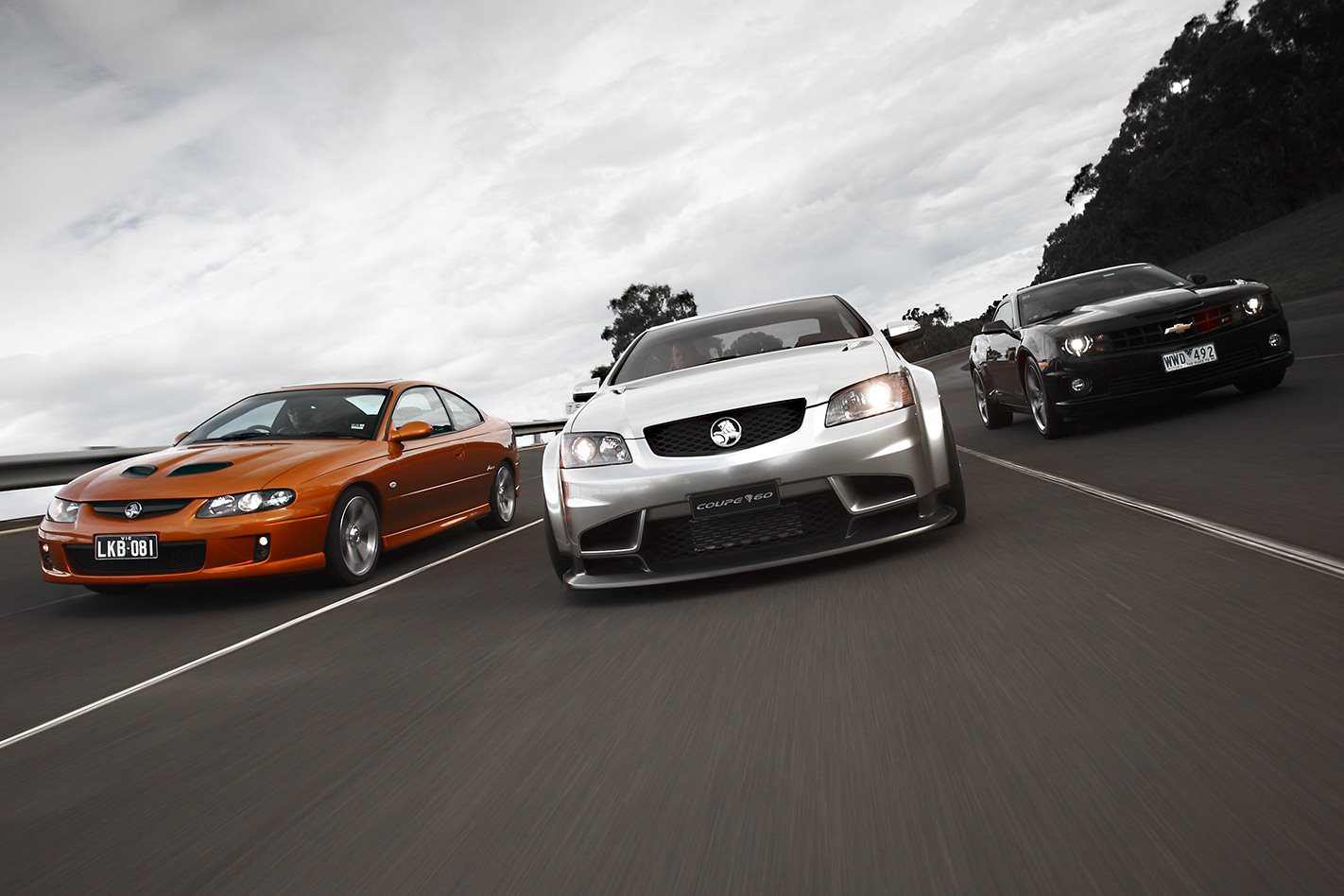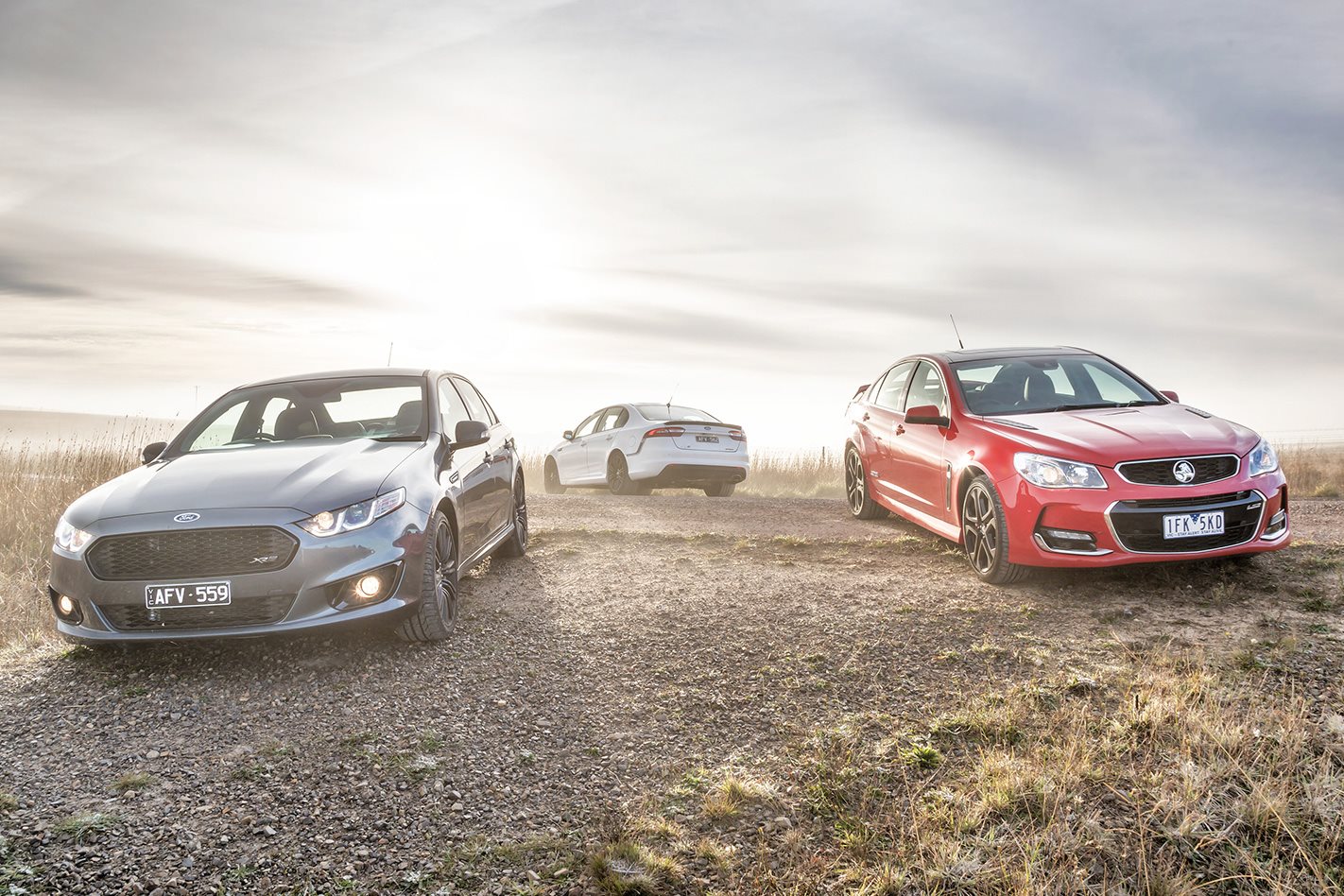Ker-blam! Ker-blam! It wasn’t the most auspicious beginning to a relationship with the then-new GTS E-Series, but there you go. Driving back to the hotel from Holden’s Lang Lang proving ground, in a dimly lit back street, dog-tired after a day of Car of the Year testing in 2006, both left-side wheels had hit the same crater-sized pothole.
Result: two dinged rims, two airless tyres and only one space-saver in the boot. To apportion blame – on the driver, the road surface, street lighting, low-sidewall 35-profile tyres? – was pointless. Luckily, it wasn’t too far from HSV HQ for some helpers to come out with replacements.
The unusual thing was that the GTS was there in the first place. For the first time in nearly 20 years, HSV had simultaneously released its new range with the all-new VE Commodore on which it was based. Which meant it was included in the VE line-up at COTY and went on to win the coveted award along with the VE.
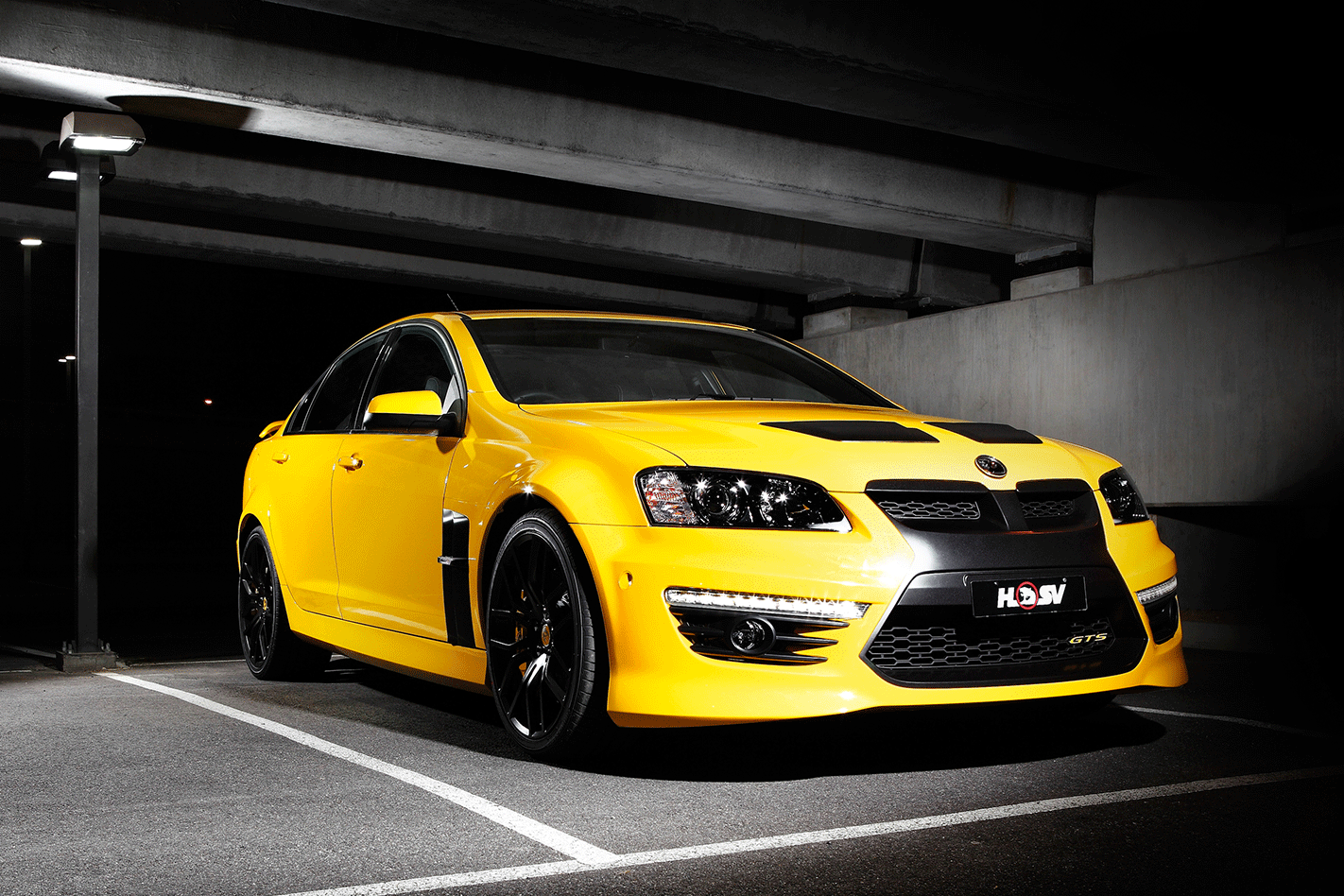
The HSV range of course received all the benefits of the VE’s engineering, including multi-link rear end, new steering and the GM 6L80-E six-speed auto among them. Power came from an upgraded (over both the VE and VZ) LS2 6.0-litre V8 that now produced 307kW across the range, from Clubsport to GTS, although the latter flagship performance model was differentiated by its Magnetic Ride Control system of switchable dampers.
What you see here is the final evolution of that GTS, the apogee of HSV development to date. The 25th Anniversary GTS may be basically a cosmetic upgrade of the current GTS but until the VF-based F-Series arrives next year it’s safe to say this Birthday Edition is the end of the E-Series road. And it is quite a package.
Power comes from the 6.2-litre Gen IV LS3 first introduced on the E-Series back in April 2008. Back then, it was good for 317kW at 6000rpm and 550Nm at 4600rpm. These days, in the GTS it’s good for 325kW, an output it now shares with the Clubsport R8 and Maloo R8.
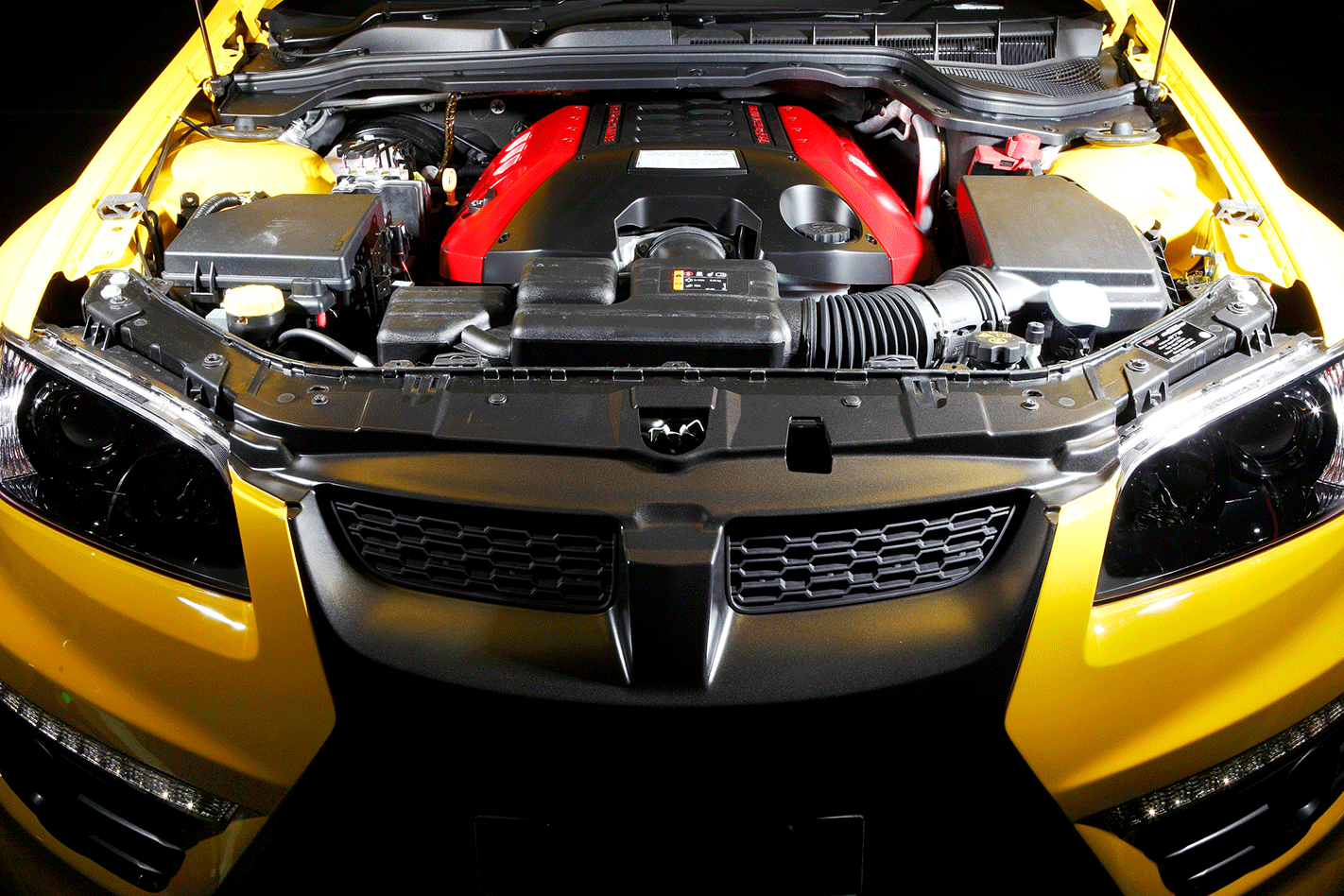
It’ll set you back $84,990 as a six-speed manual – about $2000 more than the standard GTS – and the build is being pegged at 140 units.
Not surprisingly, it’s pretty much exactly like any GTS to drive, which means imposing V8 performance and plenty of V8 rumble. So far we’ve only had the GTS 25th out on a night-time photo shoot ahead of its Sydney Motor Show launch but it was enough to act as a reminder of things like the MRC working brilliantly to give a controlled ride on its softer setting, the bimodal exhaust opening its second throat to shatter the stillness of the night, and that the manual gearbox is so much more involving than the auto it’s almost worth the added chore of DIY shifting. Not that much is needed given the torque and flexibility of that engine.
So while there’s no performance enhancement, it is worth remembering that the various upgrades throughout the E-Series’ lifespan have left the GTS not just at the forefront of the Australian V8 muscle car vanguard, but chock full of technology as well. On top of the MRC dampers are driver aids including launch control for six-speed manual transmission versions, a bi-modal exhaust that opens up to a full-throated V8 yodel at higher revs and throttle openings and the stability control has a so-called Competition mode allowing more sideways action while still monitoring actual emergencies.
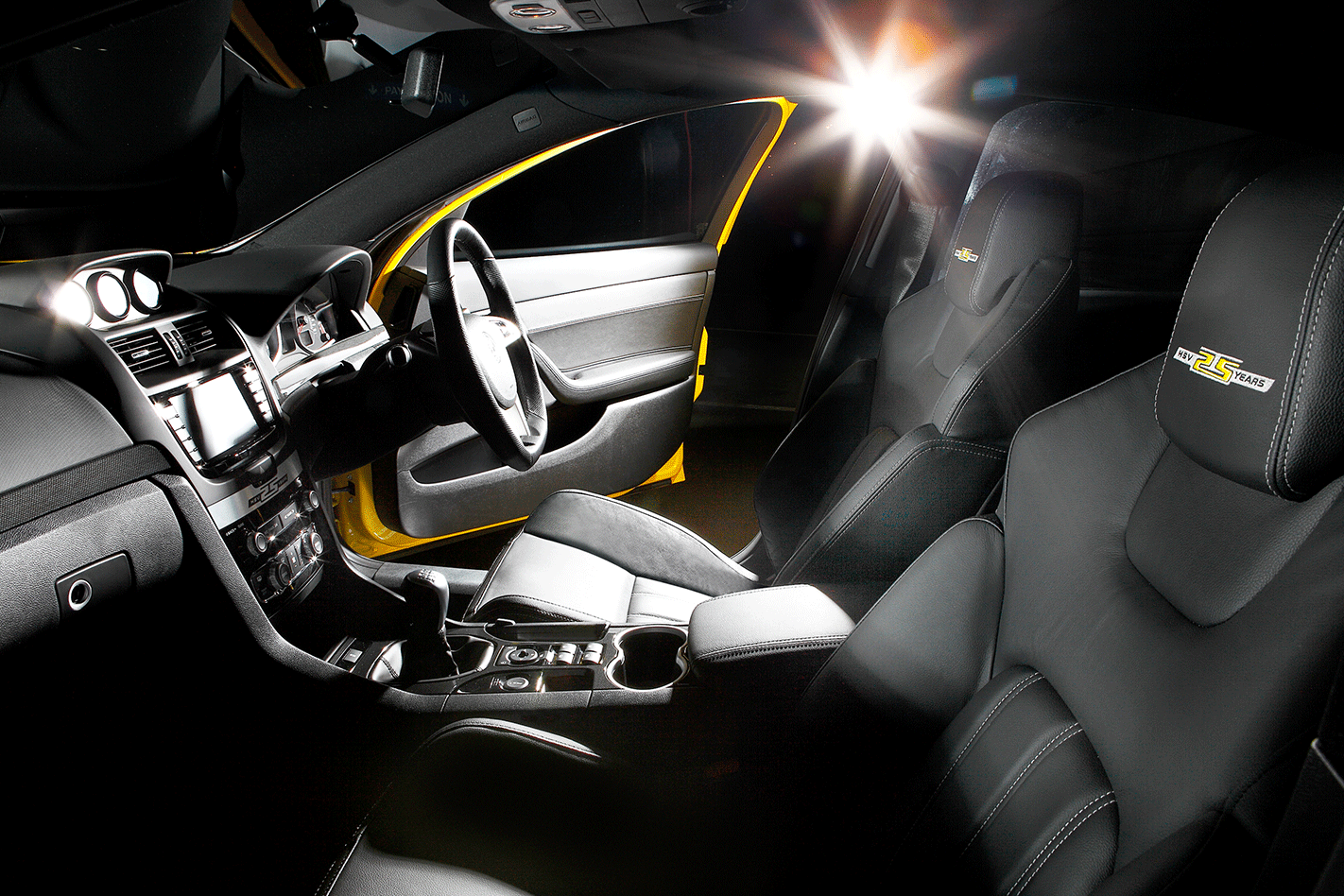
At the same time, HSV announced its Enhanced Driver Interface would appear on all models. The touchscreen on the centre console controlled the usual ancilliaries – stereo, navigation, phone settings and iPod integration – but also added real-time performance data such as longitudinal and lateral g-forces, power and torque outputs and lap times, all of which could be downloaded after a day at the racetrack.
